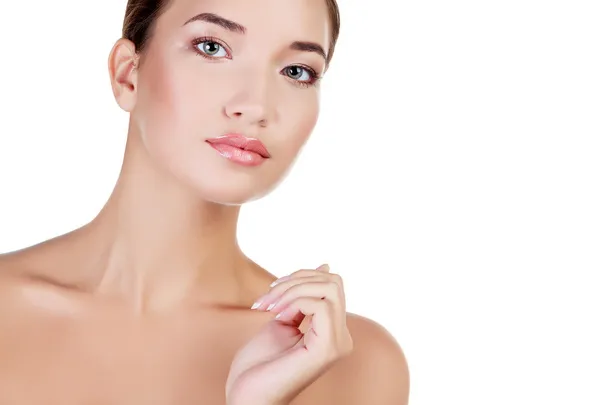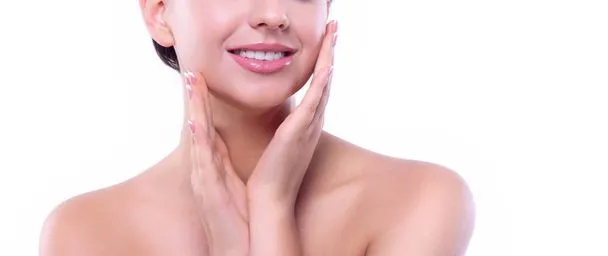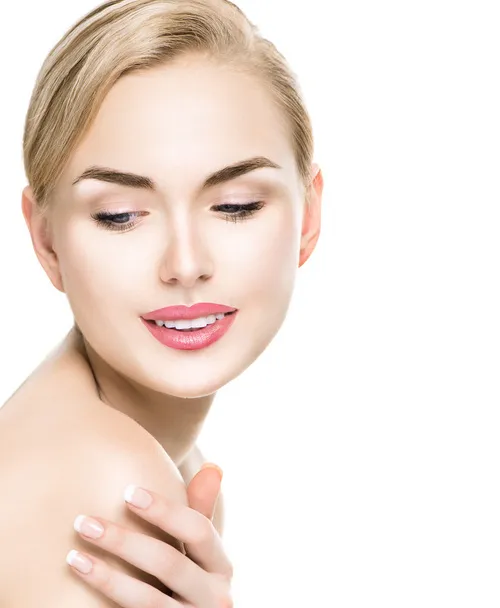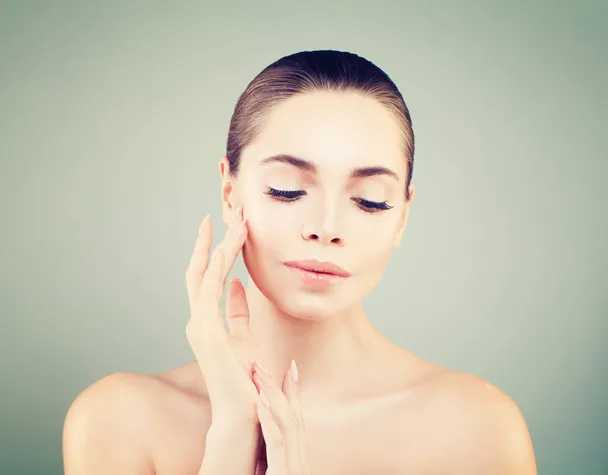How Hair Color Really Affects Attractiveness
Exploring the Psychological Impact
Hair color is a prominent feature that contributes significantly to an individual’s overall appearance and perception of attractiveness. From vibrant reds to deep brunettes and icy blondes, the color of one’s hair can evoke various emotions and impressions. However, beyond mere aesthetics, research suggests that hair color plays a complex role in shaping perceptions of attractiveness and social desirability. In this article, we delve into the psychological impact of hair color on perceived attractiveness, exploring the factors that influence these perceptions and shedding light on the fascinating interplay between hair color and human psychology.
The Influence of Hair Color on Perceived Attractiveness: Numerous studies have investigated the relationship between hair color and perceived attractiveness, revealing intriguing insights into the psychological mechanisms at play. While perceptions of beauty are inherently subjective and influenced by cultural norms and personal preferences, certain trends and patterns emerge regarding the perceived attractiveness of different hair colors.
Blonde Hair: Blonde hair has long been associated with youthfulness, vitality, and femininity, making it a sought-after attribute for individuals aiming to enhance their attractiveness. Extensive research has delved into the psychological effects of hair color, revealing that blonde hair holds a special allure for both men and women. Studies consistently indicate that blonde women are often perceived as more attractive, approachable, and desirable compared to individuals with other hair colors. This phenomenon, commonly referred to as the “blonde stereotype,” underscores the profound influence of hair color on social perceptions and interpersonal dynamics. Whether due to cultural conditioning, media portrayals, or inherent biases, the preference for blonde hair reflects deeply ingrained societal norms regarding beauty and desirability.
Brunette Hair:
Brunette hair exudes an aura of stability, sophistication, and reliability, which contributes to its enduring popularity and appeal. Unlike the perceived youthfulness associated with blonde hair, brunette locks are admired for their timeless elegance and understated charm. Studies exploring the psychological effects of hair color consistently reveal that individuals with brunette hair are often perceived as intelligent, trustworthy, and capable. These qualities not only enhance their attractiveness but also contribute to their credibility and authority in various social and professional settings. The preference for brunette hair underscores society’s appreciation for qualities such as maturity, depth, and inner strength, which are often associated with this classic hair color choice.
Red Hair: Red hair has long been associated with notions of exoticism, mystery, and individuality, captivating attention with its striking hues and vibrant shades. Despite its rarity compared to other hair colors, red hair possesses a distinct allure that sets it apart from the crowd. Research indicates that individuals with red hair are often perceived as passionate, adventurous, and confident, characteristics that enhance their overall attractiveness and charm. The magnetic appeal of redheads lies in their ability to evoke a sense of intrigue and fascination, drawing others in with their unique combination of fiery tones and charismatic personalities. In social and romantic contexts, red hair is often celebrated for its boldness and originality, symbolizing a spirit of creativity, independence, and vitality that resonates with admirers around the world.
Other Hair Colors: Other hair colors, such as pastels, neon shades, and vivid hues, represent a departure from traditional norms and offer a platform for self-expression and creativity. While these unconventional colors may not conform to conventional beauty standards, they provide individuals with the freedom to showcase their unique personalities and aesthetic preferences. Pastel tones, such as soft pinks, blues, and lavenders, evoke a sense of whimsy and romance, adding a touch of playfulness to one’s appearance. Neon shades, on the other hand, make a bold statement with their vibrant, electrifying colors, exuding confidence and edginess. Vivid hues like rainbow or unicorn-inspired colors offer a fantastical and eye-catching aesthetic, inspiring feelings of joy and wonder. Despite their departure from traditional norms, these alternative hair colors have gained popularity among individuals seeking to break free from convention and embrace their individuality. By embracing non-traditional hair colors, individuals can express their creativity, assert their identity, and celebrate diversity in beauty.
Factors Influencing Perceptions of Hair Color:
Factors such as cultural influences, media representations, personal experiences, and individual preferences all contribute to the complex interplay of perceptions surrounding hair color and attractiveness.
Cultural norms and beauty ideals vary significantly across different societies and historical periods, shaping perceptions of beauty and desirability. In some cultures, blonde hair may be associated with youthfulness and femininity, while in others, darker hair colors like brunette or black may be favored for their perceived elegance and sophistication. These cultural norms influence individuals’ perceptions of attractiveness and contribute to the prevalence of certain hair color preferences within a society.
Media representations also play a crucial role in shaping perceptions of attractiveness by perpetuating stereotypes and beauty standards associated with different hair colors. Blondes are often depicted as fun-loving and approachable, while brunettes may be portrayed as intelligent and reliable. Redheads, on the other hand, are often portrayed as passionate and adventurous. These representations in advertising, film, television, and social media reinforce societal perceptions of beauty and influence individual preferences and trends.
Personal experiences and interactions with individuals of different hair colors further shape perceptions of attractiveness. Positive or negative encounters with individuals of a particular hair color may influence one’s preferences and biases, leading to subconscious associations between certain hair colors and traits such as intelligence, trustworthiness, or attractiveness.
Individual preferences and tastes also play a significant role in determining attractiveness. Some individuals may prefer certain hair colors over others based on personal experiences, cultural influences, or aesthetic preferences. These preferences are subjective and can vary widely from person to person, contributing to the diversity of beauty standards and ideals observed across different populations and communities.
Overall, the perceived attractiveness of different hair colors is influenced by a complex interplay of cultural, social, and individual factors. While societal norms and media representations may shape initial perceptions, personal experiences and individual preferences ultimately play a significant role in determining what is considered attractive in the realm of hair color.
Conclusion:
In conclusion, the impact of hair color on attractiveness is multifaceted, influenced by a combination of societal norms, media portrayals, personal experiences, and individual preferences. Blonde, brunette, and red hair each carry their own set of associations and connotations, shaping perceptions of beauty and desirability in unique ways.
While societal norms and media representations may set certain beauty standards and trends, personal experiences and individual preferences ultimately play a significant role in shaping perceptions of attractiveness. What one person finds attractive in terms of hair color may differ from another based on cultural background, personal taste, and individual experiences.
It’s important to recognize that beauty is subjective and diverse, reflecting the complexity of human perception and preference. What matters most is embracing and celebrating the rich diversity of hair colors and styles, recognizing that beauty comes in many forms and is not limited to any particular standard or stereotype.
Ultimately, the perceived attractiveness of different hair colors varies widely across individuals and contexts, highlighting the beauty of human diversity and the richness of individual expression. By appreciating the unique qualities of each hair color and valuing personal preferences and experiences, we can foster a more inclusive and accepting attitude towards beauty in all its forms.










